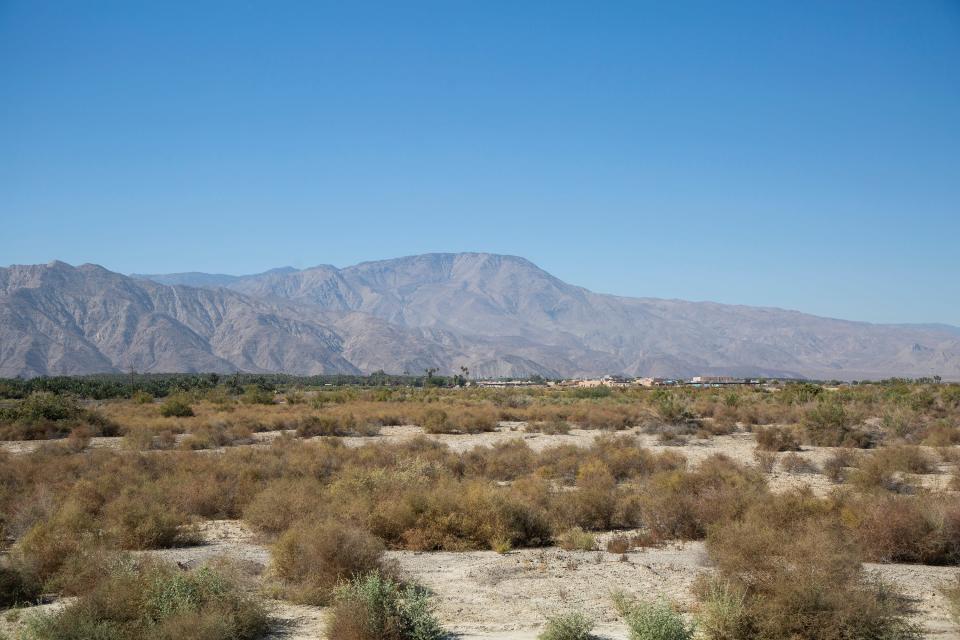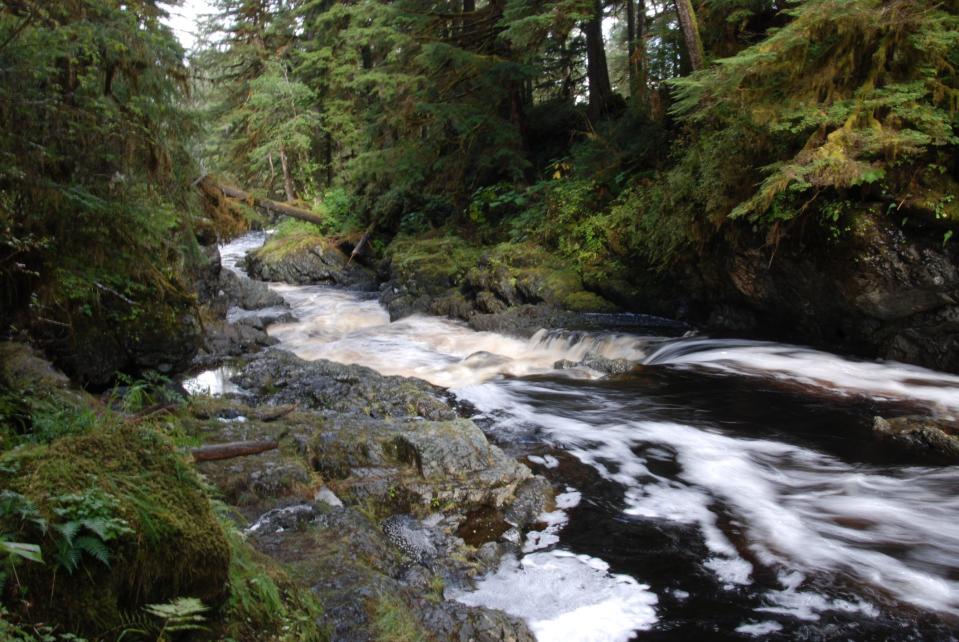Climate Point: COVID-19 relief money used to subsidize fracking
Welcome to Climate Point, your weekly guide to climate, energy and environment news from around the Golden State and the country. In Palm Springs, Calif., I’m Mark Olalde.
It's almost Election Day, meaning it's almost the several days after Election Day where it now appears inevitable we'll be waiting on results. First, though, you've got to vote! If you have any questions about registering to vote, polling places absentee ballot deadlines or anything else voting-related, you can do some research here.
Are you still on the fence about what each major candidate and party means for the environment? Led by Beth Burger of the Columbus Dispatch, USA Today network reporters from around the country — yours truly included — teamed up for a deep dive into the chasm between President Donald Trump's record on the environment and former Vice President Joe Biden's climate plan. The main finding won't come as a surprise, as Trump's attack on environmental protections has been unprecedented, but the details are fascinating. Our team used a newly published model, which studied a decarbonization path that's very similar to what Biden is proposing, and found state-by-state differences in what pollutants would fall away under his plan and when.
Here's some other important reporting....

MUST-READ STORIES
They knew. A new investigation by E&E has found that, similar to oil companies, car makers knew the climate change implications of excessively burning fossil fuels years before they acted. Researchers at both General Motors and Ford "found strong evidence" of anthropogenic climate change in the '60s and '70s, although it was decades before they pushed for changes including electric vehicles.
Over the hill. If you read my writing, you know I'm fascinated by peak oil, which is the point when demand will never be higher and usage begins its decline toward zero. We're already just about there for oil, but natural gas was expected to have a much longer life for a range of factors, including the misconception that it's the all-important "bridge" between a coal past and renewable future. Perhaps that's not the case. Bloomberg reports that utilities are beginning to pull out of gas, while gas-based investments aren't panning out. But, as disused oil and gas wells pile up, who plugs them? That's one of many questions DeSmogBlog takes on in an interesting look at the Southern California housing crunch, where developers are building residential structures directly on top of leaky petroleum infrastructure.
What lurks beneath. And just to the west, a chilling Los Angeles Times investigation has found that as many as half a million barrels of the toxic, banned pesticide DDT were dumped years ago on the ocean floor not far from the Channel Islands.
The oasis. Southern California is, at the same time, one of the most populated regions on the continent and one of the most arid. It's an oxymoron made possible only by a complex engineering system that draws water hundreds of miles across the desert. It also makes for interesting stories. First, the California Supreme Court just settled a years-long fight over the control of much of the Colorado River water that feeds this growing region. Then, a controversial project called the Thermal Beach Club gained approval from its local county's board of supervisors. Why's it controversial? Not far from trailer parks with tainted water, the plan will build million-dollar homes around a man-made, 20-acre surf lagoon. I've got the scoop on the former, and my Desert Sun colleague Melissa Daniels has the scoop on the latter.

POLITICAL CLIMATE – ELECTION EDITION
Six feet under. InvestigateWest and Grist are out with a new story that finds the Trump administration has buried study after study showing the benefits of renewable energy. "In all, the Energy Department has blocked reports for more than 40 clean energy studies. The department has replaced them with mere presentations, buried them in scientific journals that are not accessible to the public, or left them paralyzed within the agency," Peter Fairley writes.
Compromised courts. In a rushed vote this week, Senate Republicans pushed Amy Coney Barrett onto the U.S. Supreme Court, cementing a strong conservative majority. As we learn more about her — she refused to fully acknowledge climate change in her confirmation hearing, her father was a lawyer for Shell and she has little experience as a judge — Yale Environment 360 analyzes what she means for the natural world.
Whose land is it? The Guardian is out with a novel accounting of the Trump administration's push to use public lands not for conservation but for oil, gas, mining and logging. In the past four years alone, the administration has offered up 108 million acres of public lands, eventually leasing 10.6 million acres. Meanwhile, The Washington Post reports that Trump stripped legal protections from the Tongass National Forest to allow logging and other development in one of the world's largest intact temperate rainforests. Will Trump's policy on lands sway voters? The Indianapolis Star reports that at least one invested group — farmers — appears to largely be sticking with him.

COVID-19 ISN'T GOING ANYWHERE
The number of new COVID-19 cases once again is surging , and we're hitting levels of new cases not seen in months. All the while, efforts to specifically support fossil fuels through the pandemic continue.
Subsidies continue. Oil, gas and coal are subsidized in varied and creative ways, but here's a new one. The Bismarck Tribune reports that officials in North Dakota have decided to dole out millions of dollars in COVID-19 relief money to fracking companies. Specifically, the money will go toward buying and disposing of fresh water that's needed for the thirsty drilling process. Companies are eligible for up to $200,000 in taxpayer money per new well they sink.
Wish list. HuffPost reports that even though the American Petroleum Institute, the U.S. oil and gas industry's main trade group, said it wasn't looking for a COVID-19 bailout, it quietly asked the federal government for just that. In a letter sent to Interior Secretary David Bernhardt, the group included a four-page list of asks including a range of regulatory reliefs such as automatic extensions on leases.
AND ANOTHER THING

Lunar liquid. Space news is coming hard and fast recently, and, now, Doyle Rice of USA Today reports that researchers have found water on more of the moon. (As you'll recall from the Pink Floyd album, the same half of the moon's surface is constantly out of view from Earth.) The discovery means that water might be much more ubiquitous on our celestial little sibling and could play a role in a — dare I say? — moon base. "Water is a precious resource in deep space and a key ingredient of life as we know it. Whether water on the moon is easily accessible for use as a resource remains to be determined," according to the story.
Scientists agree that to maintain a livable planet, we need to reduce the atmospheric carbon dioxide concentration back to 350 ppm. We’re above that and rising dangerously. Here are the latest numbers:

That’s all for now. Don’t forget to follow along on Twitter at @MarkOlalde. You can also reach me at molalde@gannett.com. You can sign up to get Climate Point in your inbox for free here. And, if you’d like to receive a daily round-up of California news (also for free!), you can sign up for USA Today’s In California newsletter here. Those numbers are looking bad. Mask up! Cheers.
This article originally appeared on USA TODAY: Climate Point: COVID-19 relief money used to subsidize fracking

